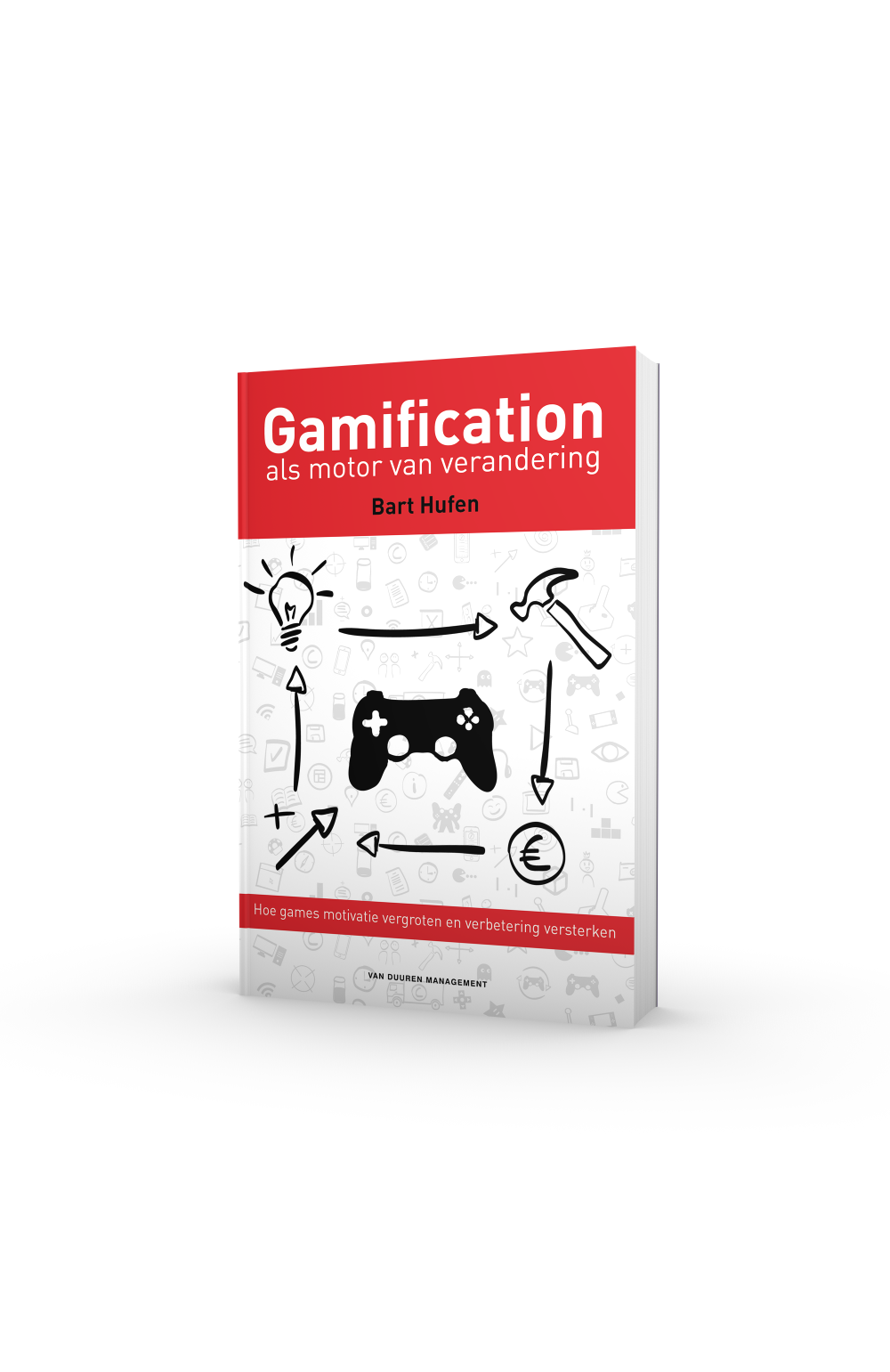Top Trends I spotted at GDC Europe & Gamescom 2011
>
Last week I attended GDC Europe and Gamescom 2011 to spot the emerging trends for the upcoming year of game-development and how brands can utilize games as a marketing tool. These are my findings:
1. A new business model: Free games & In game Micro transactions
As described in my book (and earlier in the book ‘Free’ by Chris Anderson) the freemium model is a good way to quickly reach a large audience and then find ways to make money of your gathered crowd. The games industry is learning from these options and below I describe some options for your brand. Most of the options are especially interesting for digital content.
1. Provide a FREE tool (app), light version of your product (demo) or medium (website) to build up a large crowd and transform that crowd into a community encouraging them to become active on your platform (create postings, feedback, interact, helping each other, upload content, etc.) maybe even using a gamification layer to encourage people even more and challenging them to level-up and remain active.
2. Create innovative business models, not just selling banners and letting your community members pay for their membership. There are numerous examples of companies making an excellent turnover by selling additional services or in-game (virtual) products. Why not a pay per play model for games, literally paying per level I play. There’s so many games I never finished playing because I lost interest or just couldn’t push on. Most of FarmVille-like games use a freemium model where the game is free but you can buy interesting goods that help you booking results quicker.
In-game Transactions are key to make money on platforms like Facebook.
3. Promote sharing the game and create multiple discount. It lengthens the success of your game if you add multiplayer and let your crowd promote the content to other people by a ‘share’-button (or LIKE!)…
Check a case description about the freemium model here by Flurry.
2. Social, Social, Social Gaming Platforms
It seems that most game publishers are focussing on building their own platforms. After MSN Games, Spil Games, Zylom, Facebook, Steam (Valve), Electronic Arts and many, many others, it looks like all publishers want to either have their own community of gamers (like Steam and EA) or are trying to plug their content on large community networks with certain specific target group, for instance Vkontakte in Russia or Qzone in China.
3. Controlling movement – movement controls
After I visited the booths of Microsoft (Kinect), PlayStation (Move) and Nintendo (Wii and U-Play) I could only conclude that they all believe that movement games are our new ‘living room entertainment’ concept. Games vary from sailing, rowing, fitness, running, boxing, cycling and even fishing (if that’s a sport to you ;-)! It’s a good development considering obesity with kids (especially in USA) and the fact that children are challenged to move actively – even when it’s raining.
4. Device Independent Gameplay
In the past game developers would ‘port’ existing PC games to other Platforms without regarding the specific context the games would be played in on that specific platform. Luckily these days developers and publishers spend more time redesigning their intellectual property to other platforms which can easily turn into great new gameplay elements and enriched ways of play. For instance – it was quite impressive to see this first person shooter on an iPad – it looks like Unreal Tournament in 2000!
Thanks to Unity, games can look amazing on different platforms (phone, PC, PlayStation etc,). Unity is a stunning ‘easily-create-your-own-game’ engine for game designers that like programming the easy way. It’s comparable to a programming tool like HTML5 but Unity is compatible with all platforms and is not just web-or browser-based. This tool makes it possible to – for instance – chop wood with your mobile phone on a train trip in a mobile mini-game and utilizing the ‘money’ you made chopping wood in the train on your PlayStation console as soon as you get home and continue playing that same type of game (World of Warcraft for instance).
5. Cloud Gaming
Another trend game developers expect is what I call ‘Cloud Gaming’. Companies like Onlive and IQU are providing this game content and are serving you content that you do not even have to ‘own’ or download on your PC, console or Phone. I mentioned this trend in my book already. Consuming digital content will evolve from ‘owning’ content to being able to ‘acces’ content. The business models are either subscriptions or an in-game economy based on micro transactions.
6. Games for a Greater Good and Serious Gaming
Although there weren’t much companies around during GDC I am still convinced that the interest to use games for serious objectives and public welfare is still rising. In one month I have been approached to speak at an event in New York, London and Moscow, so it must be a ‘hot-topic’. One of the few companies I met during GDC was Playdom (Jude Ower). Jude is looking for venture capitalists and game developers that wish to team up and develop game concepts that can contribute to a better world. Feel free to find more information about that on their website: www.playmob.com They are based in London (United Kingdom).
7. Intelligent Interaction Design: Dynamic Content!
Companies that still own a website without interactive or dynamic options really need to wake up (yes yes, mine is under construction)… Dynamic Feedback is the new norm. This means that based on the database that is filled with information about your visitors (thanks to cookies), the database should show different information based on your consumers surf-behavior. It means that when I always immediately click ‘Products’ when I come to your companies website, after my third visit ‘Products’ is the landingpage or at least dominant on the landingpage of your website. The same goes for gaming portals. If visitor X always plays puzzle games on your website, the amount of suggestions on the right hand side should show at least 8/10 puzzle games (and maybe two featured games). It’s all about showing and sharing relevant information. This enhances the chance that consumers will forward, share, show (or LIKE) it to friends.
8. Gamification
Of course this is a running topic on my weblog and although there were especially programmers on the GDC Gamification is a topic that definitely has potential according to all the game developers I spoke with during my three days in Cologne.
My latest presentation about Gamification is available on Slideshare!
To end with some more pictures of the Gamescom in a short film.





leave a reply
you must be logged in to place a comment.